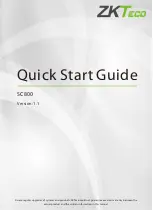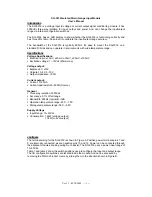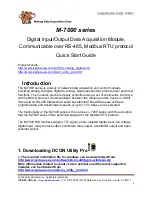
Beta Draft Confidential
10-40
1/19/05
ATM Services Configuration Guide for CBX 3500, CBX 500, GX 550, and B-STDX 9000
Configuring ATM PVCs
Configuring Frame Relay-to-ATM Interworking Circuits
Configuring Frame Relay-to-ATM Interworking Circuits
Frame Relay-to-ATM Interworking provides a means of transparently integrating
Frame Relay and ATM networks. This section describes how to configure Frame
Relay-to-ATM Service and Network Interworking circuits.
Frame Relay-to-ATM Service Interworking
You can configure the following circuits for ATM services:
Frame Relay-to-ATM Service Interworking — Frame Relay-to-ATM Service
Interworking (FRF.8) enables a Frame Relay device to connect to an ATM user device
over a common wide area network (WAN) backbone. Frame Relay to ATM Service
Interworking provides a seamless communication between ATM and Frame Relay
networks or end-user devices.
This service uses a circuit with a Frame Relay logical port at one endpoint and an
ATM logical port at the other endpoint. The circuit uses a 10-bit address called a Data
Link Connection Identifier (DLCI). DLCIs identify the logical endpoints of a virtual
circuit and have local significance only.
ATM Data Exchange Interface/Frame User-to-Network Interface (DXI/FUNI) —
This service uses a circuit with an ATM logical port defined on a Frame-based IOM,
such as the 8-port Universal IOM. The circuit is identified by a 4-bit VPI and a 6-bit
VCI. Circuits on the ATM DS3/E3 module use an 8-bit VCI.
The VPI and VCI are used for establishing connections between two ATM entities, not
the end-to-end connection.
A VC is a connection between two communicating ATM devices. A VC may consist
of a group of several ATM links, customer premise equipment (CPE) to central-office
switch, switch-to-switch, and switch-to-user equipment.
Note – ATM DXI/FUNI is not supported on the 32-Port Channelized T1/E1 FR/IP
IOM or the 8-Port Subrate DS3 FR/IP IOM.
Содержание CBX 3500
Страница 888: ......
















































